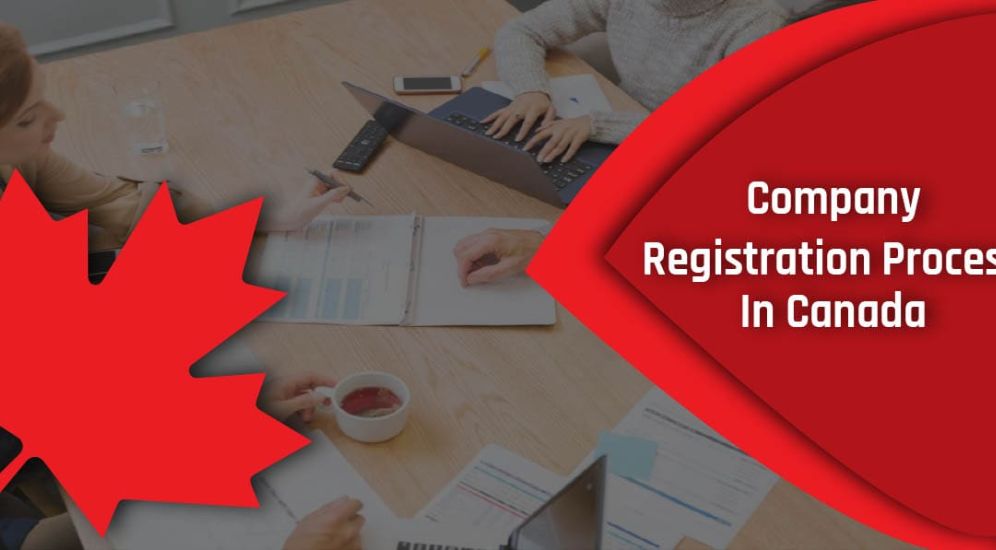Entrepreneurship in Canada is a thrilling endeavor and one of the most important stages in the process is to get through registration. Though the name of the term is Service Canada Business Registration, it is crucial to learn the functions of various government agencies. Services Canada is mostly referred to as being associated with social programs such as Employment Insurance and Social Insurance Numbers (SINs). The Canada Revenue Agency (CRA) shares the actual business registration and tax accounts with provincial or territorial registries. The following guide will take you through all the things that a new entrepreneur has to know in order to start.
Understanding the Key Players
When you’re registering a business in Canada, you’re not just dealing with one entity. Here’s a quick breakdown of who does what:
- Canada Revenue Agency (CRA): CRA is a federal government department which administers the laws of taxation on behalf of the Government of Canada. They give you a Business Number (BN), and compile all your accounts as part of the tax program, including GST/HST, payroll and corporate income tax.
- Provincial and Territorial Registries: Each province and territory has its own registry. This is where you will register your business name, and in some cases, your legal entity (like a sole proprietorship or partnership) if you plan to operate within that province.
- Service Canada: Service Canada is the government’s service delivery network, and while they don’t directly handle business registration, they are the place you would go to get a Social Insurance Number (SIN) for yourself or for your employees.
Step 1: Choosing Your Business Structure
Before you can register, you need to decide on a legal structure for your startup. This decision affects your liability, taxes, and legal obligations. The most common options are:
You must select a legal structure that you would use to start before you are registered. The move has an impact on liability, taxes and legal obligations. The most common options are:
Register Your Business Today – Start Growing Tomorrow
- Sole Proprietorship: It is the easiest and most popular one. The business is your personal business and you and the business are not separate under the law. Profits are all personal income and all business debts are personal.
- Partnership: Partnership is a business that is shared by two or more people. Similar to a sole proprietorship, the partners are personally liable to the business, its debts and obligations. An agreement of partnership is strongly advised.
- Corporation: A corporation is a separate legal entity from its owners (shareholders). This offers personal liability protection, meaning your personal assets are generally protected from the business’s debts. Incorporating is a more complex and expensive process, and it requires more legal and administrative work.

Step 2: Getting Your Business Number (BN)
The Business Number (BN) is a unique 9-digit identifier issued by the CRA. It’s your business’s account number for all federal tax programs. You’ll need a BN if you plan to:
- Incorporate a business.
- Register for a GST/HST account (if your revenue exceeds $30,000 in a calendar year).
- Have employees and need to make payroll deductions.
- Import or export goods.
You can register for a BN online using the CRA’s Business Registration Online (BRO) service. This is often the most straightforward way to get your BN and register for the necessary tax accounts at the same time.
Step 3: Registering Your Business Name
After you have your business structure sorted out, you’ll need to register your business name with the appropriate provincial or territorial registry. This is required if you are operating under a name other than your own legal name.
The process typically involves a name search to ensure your proposed name is unique and not already in use. Some provinces, like Ontario and British Columbia, require a specific name search report (such as a NUANS report) before you can proceed with registration.
Step 4: Registering for Tax Accounts
Once you have your BN, you can register for the various tax program accounts you’ll need to operate legally. The most common ones are:
- GST/HST Account: If your annual worldwide taxable sales exceed $30,000, you are legally required to register for and collect GST/HST. Even if you’re below this threshold, it may be beneficial to register voluntarily to claim input tax credits on your business expenses.
- Payroll Deductions Account: If you plan to hire employees, you must register for a payroll account to deduct and remit income tax, Canada Pension Plan (CPP) contributions, and Employment Insurance (EI) premiums.
- Corporation Income Tax Account: If you’ve chosen to incorporate, you will need to register for this account to file your corporate tax returns.
Frequently Asked Questions (FAQs)
Q: Do I need to register my business if I am a sole proprietor?
A: If you operate under your own legal name (e.g., Jane Doe), you may not need to register. However, if you use a business name like “Jane’s Consulting Services,” you are required to register it with your provincial or territorial government.
Q: How long does the registration process take?
A: Online registration for a BN and CRA program accounts is often instantaneous. Provincial business name registration can vary, but many can be completed online within a few business days.
Q: Is “Service Canada” the same as the “Canada Revenue Agency”?
A: No, they are separate government bodies. The CRA handles taxes and business numbers, while Service Canada manages social programs like the SIN. However, you will interact with both at different stages of your business journey.



